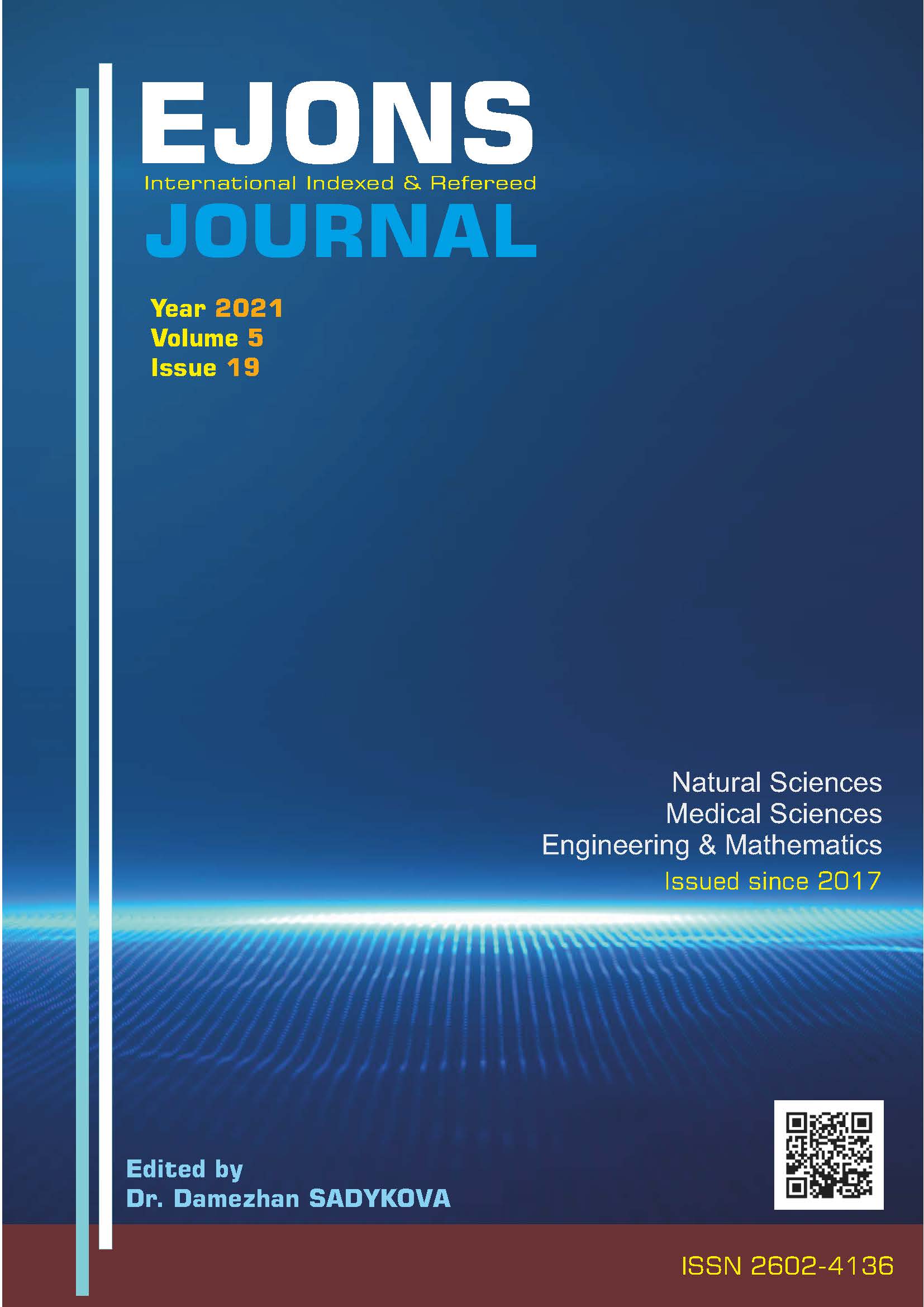ESTIMATING CHLOROPHYLL CONTENTS OF SUNFLOWER (HELIANTHUS ANNUUS) PLANTS USING UNMANNED AERIAL VEHICLE TECHNOLOGY
DOI:
https://doi.org/10.38063/ejons.624Keywords:
Sunflower, UAV, Spad meter, Estimation, Vegetation indicesAbstract
High-resolution images obtained with multispectral cameras mounted on unmanned aerial vehicles (UAVs) offer significant potential for agricultural monitoring activities. Chlorophyll content is one of the important parameters in monitoring the growing periods of sunflower plants. In this study, the potential of UAV technology to monitor spatial and temporal changes of sunflower (Helianthus annuus) chlorophyll content was tested. Chlorophyll and vegetation indices calculated using multispectral images taken from the UAV were compared with field chlorophyll measurements using a Spad meter. Significant (p<0.01) high correlations were obtained between the calculated indices and chlorophyll values. The results revealed that the chlorophyll content of sunflower plants can reliably be modeled at p<0.001 significance level using a multivariate linear regression model. The model obtained could successfully explain 28% R_Adj^2=0.28 of the variation in chlorophyll content of sunflowers. The results showed that the models developed between Spad measurement and UAV images were successful in explaining the variation at a high level of importance. However, although statistically significant, the indices produced in the study could only explained 28% of the variation in chlorophyll content of sunflower plants.
Downloads
Published
How to Cite
Issue
Section
License

This work is licensed under a Creative Commons Attribution-NonCommercial 4.0 International License.


